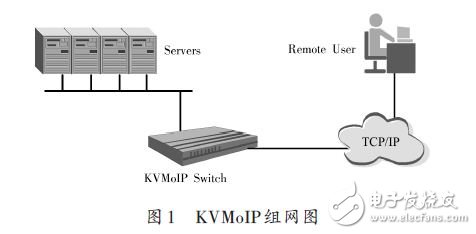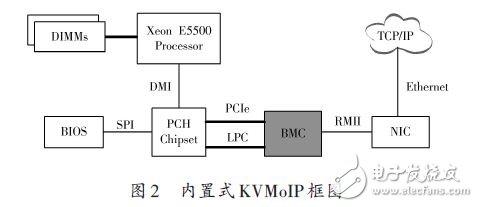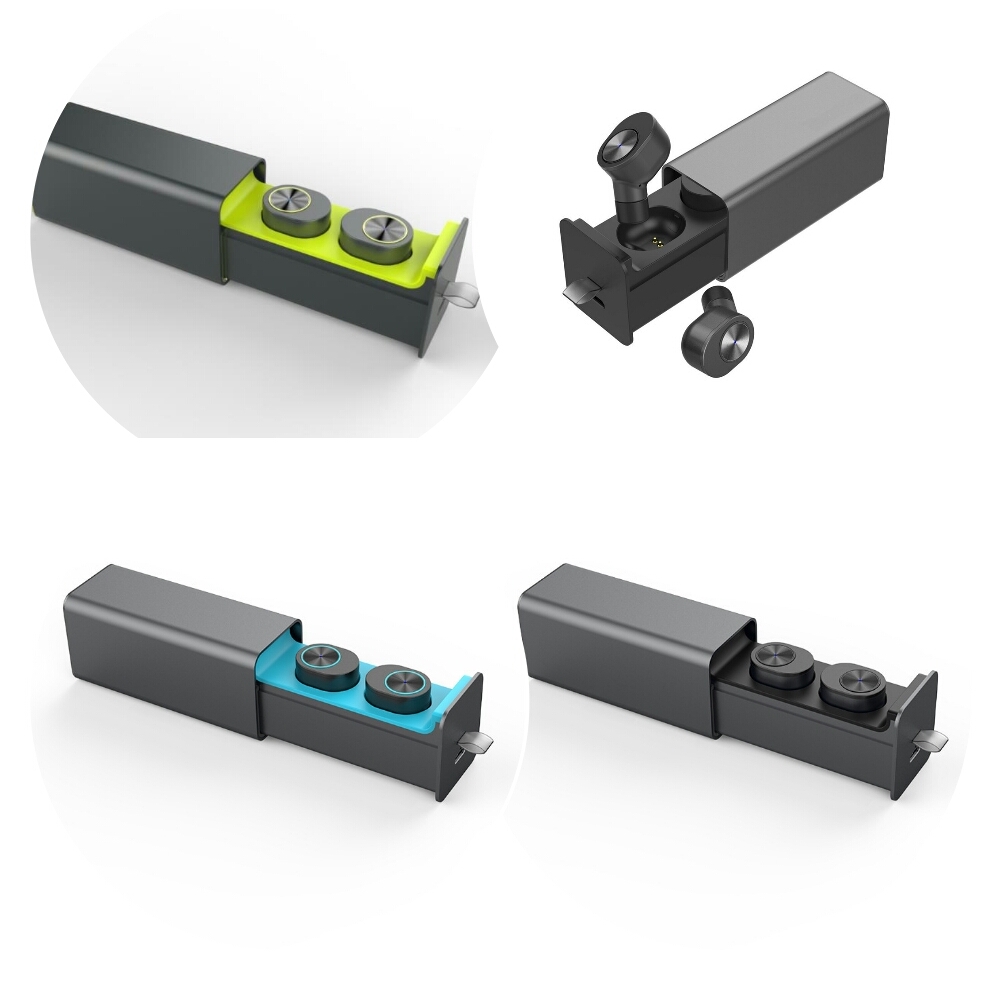A general-purpose, low-cost design of KVM over IP controller
0 Preface
KVM is an abbreviation of Keyboard, Video, and Mouse. It is often referred to as KVM Switch. The standard I/O ports of multiple computers are connected to a KVM Switch through the switch. A set of keyboards, monitors, and mice connected to the Switch are used to simplify resource configuration and operation, and achieve one-to-many control. A large number of applications have been obtained in the management and maintenance of the computer room. However, due to the cable connection, the use distance is limited, which affects the control range and scalability of this analog KVM.
KVM over IP, usually abbreviated as KVMoIP, also known as digital KVM. It collects video signals from a local computer, converts them into digital information through analog-to-digital conversion, compresses them into IP packets, transmits them over the Internet or a private network, and remotely controls them. After receiving the IP packet, the station unpacks and converts it, and presents it on the screen of the console. Based on the keyboard and mouse of the console, the administrator sends a series of control commands from the console to form an IP packet. Then it is sent back to the local side, and after being unpacked, it is restored to the keyboard and mouse signal, so that the local computer performs the corresponding action and realizes the remote control.
1 KVMoIP design based on TI DaVinci technology
KVMoIP's product forms are mainly external and built-in.
Figure 1 is a typical networking diagram of an external KVMoIP. On the one hand, the KVM signal of each local end is connected to the controller through a cable, and the controller processes and converts the signal. Finally, the network port is provided for remote users. Figure 1 shows a daisy-chain KVMoIP switch. For existing analog shared KVM switches, an external IP access module can be used to extend the KVMoIP function to save costs.

The built-in KVMoIP integrates this functionality directly on the computer's motherboard, from the BMC chip on the motherboard (such as ASPEED's AST2050). As shown in Figure 2, the Base-board Management Controller (BMC) is connected to the bridge PCH of the Intel Xeon chipset through the LPC bus and PCIe bus. The BMC supports the Intelligent Platform Management Interface (IPMI) specification. In addition to the monitoring and management of hardware resources, KVMoIP functions are also provided.

Compared with the traditional analog KVM, KVM over IP has the advantage of not being limited by distance, and realizes management access at any time and anywhere. In addition, compared with some popular remote control software PcAnywhere, Radmin, etc., KVMoIP has more unique and powerful features, such as BIOS-level access, out-of-band management is not limited to the operating state of the device, and the operating system of the monitored device. Independent of the hardware platform. Therefore, KVMoIP has good versatility and scalability, and has been widely used in environmental fields such as Internet data center IDC and communication network operation center NOC. It can be said that KVMoIP has become one of the important components of today's IT architecture and has become The inevitable trend of computer remote management.
The KVMoIP system in Figure 1 is divided into two parts: the KVM controller at the access layer and the remote client at the management layer. The client accesses the controller through the Web, makes full use of IP technology to present rich control functions, provides centralized management policies and security management, such as receiving video compression data sent by the server software, displaying the decompressed video image; implementing the keyboard, The transmission of mouse code and fast switching between target devices ensures the security and real-time performance of network transmission. This article focuses on the technical implementation of a single-channel KVM controller. The KVM controller in Figure 1 is mostly implemented by Raritan's dedicated chip KIRA100 [3], which is highly specific and costly. This solution uses TI DaVinci technology as a low-cost universal design.
Bluetooth Earbuds /Tws Earbuds /Sport Bluetooth Earbuds
Product Description
Items an be used simultaneously, also one of them can be used separately. And can connect two devices simultaneously.
HD Microphone, provides clear and loud sound.
Features:
1, True wireless stereo: realizes movement and wireless control and everyone can share music without wrie
2, Comfortable and convenient: Earplug made of food-grade silica gel material in combinalion with the design to avoid falling off, which makes you comfortable and relieved,also the Earbuds can be Dual or Single use.
Photo as below:

Bluetooth Earbuds
Bluetooth Earbuds,Wireless Earbuds,Cordless Earbuds,Wireless Bluetooth Headset
Shenzhen Greater Industry Co., Ltd. , https://www.szgreater.net